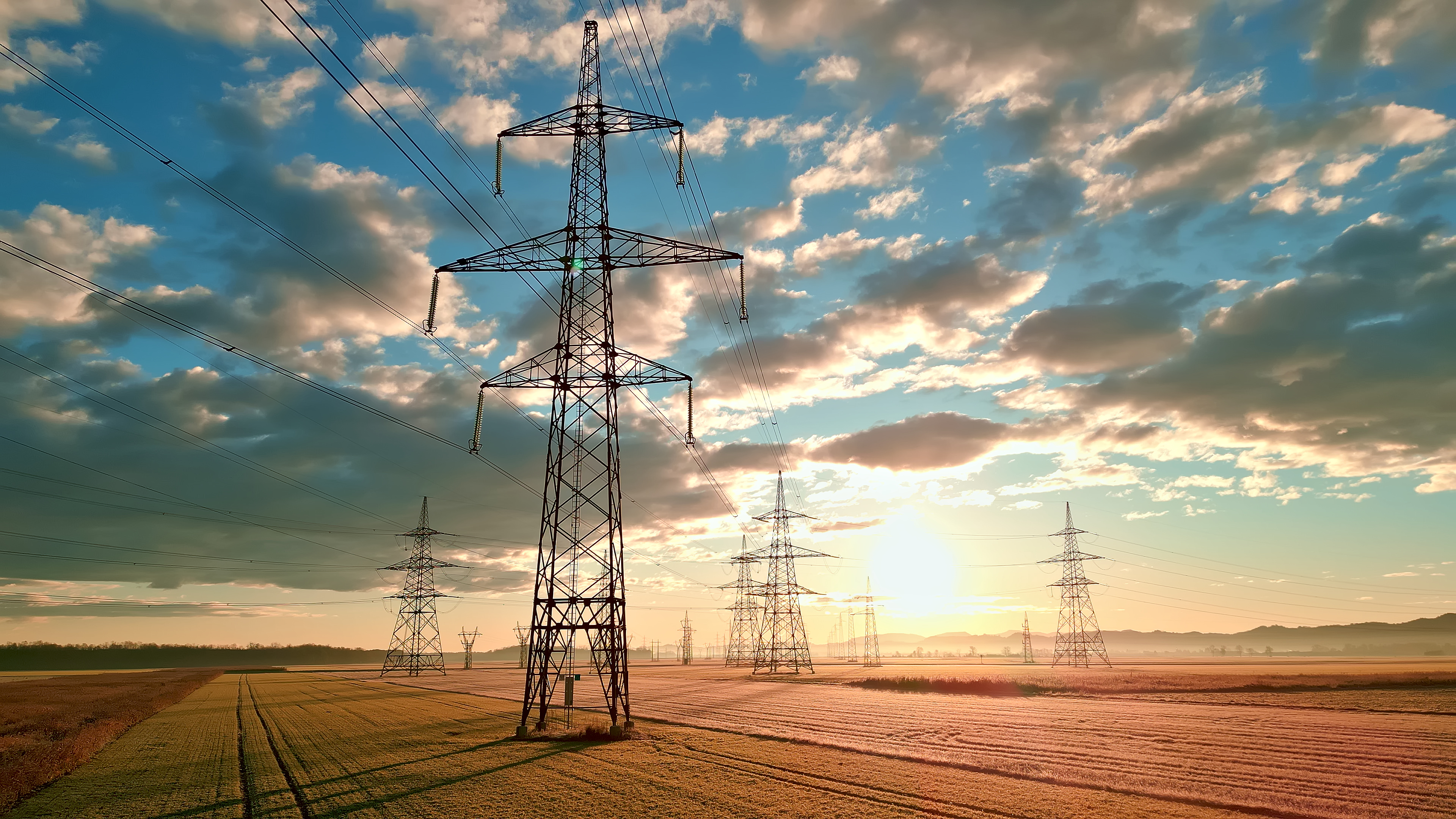Media release
From:
Carbon opportunities highlighted in Australia’s utilities sector
Australia’s utility sector accounts for some 43.1 per cent of the country’s carbon footprint, and some 37.2 per cent of its direct emissions, new research from Edith Cowan University (ECU) has revealed.
Dr Soheil Kazemian, from the ECU School of Business and Law, said the utilities sector included electricity generation, transmission and distribution, gas supply, water supply and waste collection and treatment.
Electricity generation and transmission were identified as the most significant contributors within the utilities sector, with commercial services and manufacturing emerging as substantial sources of embodied emissions within the sector.
The research revealed that 71 per cent of embodied emissions were attributed to electricity transmission, distribution, on-selling electricity, and electricity market operation. Electricity generation accounted for a further 15 per cent, while gas supply accounted for 5 per cent, water supply for 4 per cent, and waste services and treatment for the remaining 5 per cent of embodied emissions in the sector.
“The study highlights electricity transmission and generation as the subsectors with the highest potential for adopting low-carbon technologies. By pinpointing emission hotspots and offering detailed sectoral disaggregation, the results of the research provide actionable insights for prioritising investment in emissions reduction strategies, advancing Australia’s sustainability goals and supporting global climate change mitigation,” Dr Kazemian said.
He said that as with any other business, the pressure to reduce the carbon emissions footprint of the utility sector would need to originate from the consumer sector.
Unlike other sectors, however, increased investment into the utilities sector is likely to result in a smaller carbon footprint.
“This is a major difference between the different sectors in Australia. If you invest more into mining, that means the carbon footprint from that industry would increase, and the same can be said for manufacturing as the investment would result in expanded business.
“While new infrastructure development can generate temporary increases in emissions for the utility sector during construction, the long-term impact depends on where those dollars are spent. Investment in renewable energy systems or efficient delivery networks can significantly cut emissions, whereas continuing to fund carbon-intensive energy sources risks locking in higher emissions for decades to come.
“This complexity highlights a critical point that meaningful decarbonisation will depend not only on policy or technology, but also on consumer choices. When households and businesses demand cleaner energy, utilities are more likely to channel investment into low-carbon solutions. By consciously choosing renewable energy options and supporting sustainable providers, consumers can send a powerful market signal that accelerates the transition to a cleaner grid,” Dr Kazemian said.



 Australia; WA
Australia; WA


